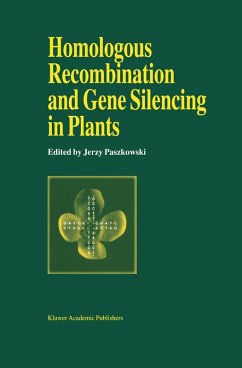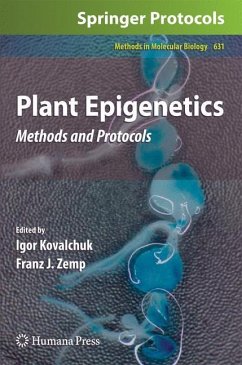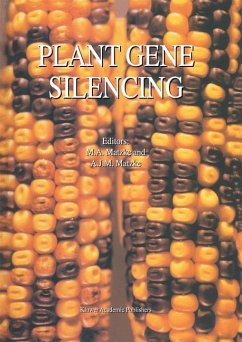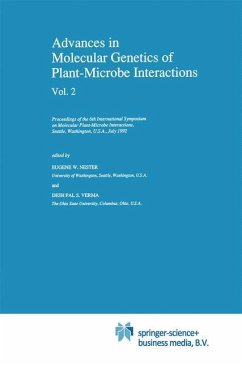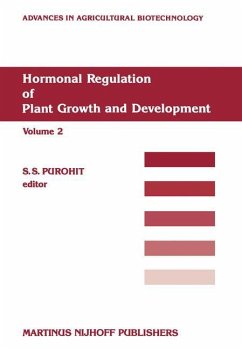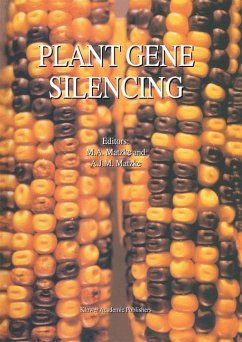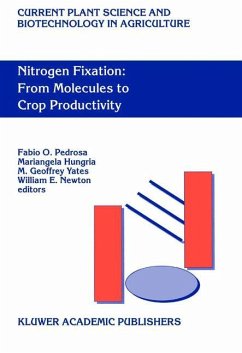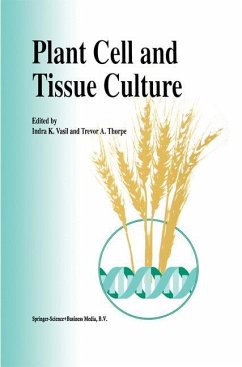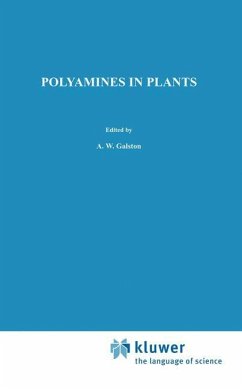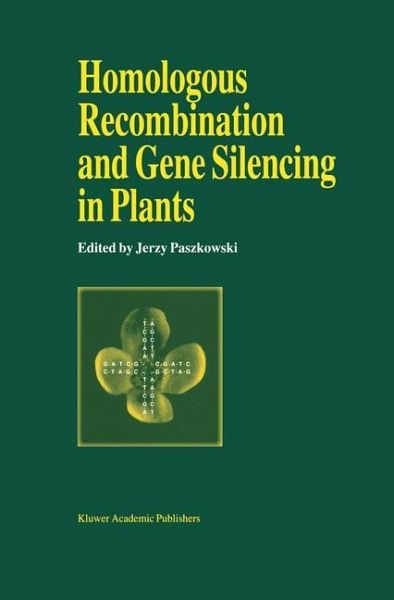
Homologous Recombination and Gene Silencing in Plants
Versandkostenfrei!
Versandfertig in 1-2 Wochen
153,99 €
inkl. MwSt.

PAYBACK Punkte
77 °P sammeln!
Higher eukaryotes are characterized by the allocation of distinct functions to numerous types of differentiated cells. Whereas in animals the well-defined, protected cells of the germ line separate early, germ cells in plants differentiate from somatic cells only after many cycles of mitotic division. Therefore somatic mutations in plants can be transmitted via the germ cells to the progeny. There is thus a clear need for somatic tissues to maintain their genetic integrity in the face of environmental challenges, and two types of interactions have been shown to play important roles in the cons...
Higher eukaryotes are characterized by the allocation of distinct functions to numerous types of differentiated cells. Whereas in animals the well-defined, protected cells of the germ line separate early, germ cells in plants differentiate from somatic cells only after many cycles of mitotic division. Therefore somatic mutations in plants can be transmitted via the germ cells to the progeny. There is thus a clear need for somatic tissues to maintain their genetic integrity in the face of environmental challenges, and two types of interactions have been shown to play important roles in the conservation as well as flexibility of plant genomes: homologous recombination of repeated sequences and silencing of multiplied genes. Sensitive methods have been developed that allow greater insights into the dynamics of the genome. This book summarizes current knowledge and working hypotheses about the frequencies and mechanisms of mitochondrial, plastid, nuclear and viral recombination and the inactivation of repeated genes in plants. Despite rapid developments in the field, it is often not possible to provide final answers. Thus, it is an additional task of this book to define the open questions and future challenges.
The book is addressed to scientists working on plant biology and recombination, to newcomers in the field and to advanced biology students.
The book is addressed to scientists working on plant biology and recombination, to newcomers in the field and to advanced biology students.





